Before you jump to conclusions, I’m not suggesting you start taking your B2B marketing onto TikTok et al. I’m proposing something much better!
Note: This piece of content is free from any generative AI or harmful chemicals, and will only take you a few minutes to read.
As brands and marketing agencies, we’ve been hard at work for years creating copious amounts of content for B2B marketing. Tons over tons of blogs, case studies, social posts, infographics, and white papers dumped into a vast ocean. With the help of targeted advertising we managed to put that content in front of the right target audience. We got them engaged and drove results. But things have not been the same in recent years.
Data shows people are now less engaged with those formats of content. Average time on page is dwindling and we’re not even sure if they’re actually reading all that gated content they are downloading. Attention spans are getting shorter thanks to TikTok and other dopamine-inducing platforms. Younger generations are making their way to decision making roles that were previously filled by Gen X’ers like myself who appreciated reading and generally had more patience and tolerance to content thrown our way. The new audiences expect to be engaged differently. Before committing their time and attention to anything, they want to be able to scroll and swipe on their mobile phones till they find a match for their interest.
In the world of B2B marketing there hasn’t been a solution to this yet. The introduction of generative AI has only been making things worse. Brands are now able to pump out 10x the amount of content they were creating before, but not without a drop in quality and a loss of human touch and creativity. This is making it more difficult for our new audiences to find interesting content to engage with.
Some marketers are aware, and they’re constantly looking for creative ways to stand out. There’s a big rave about podcasts at the moment, especially ones that are not brand-centric. Podcasts can be a highly effective channel in some contexts. But we’re still not solving the main issue when it comes to the initial engagement and beating the attention span challenge. Instead, we’re straight away inviting the targets to block out hours of their valuable time on a regular basis to listen to stuff they have no idea yet would be useful to them, when we can hardly block out minutes of their time to look at something.
Before we can get them to subscribe to podcasts or delve into thousands of words or watch hours of video, we have to pitch for their attention.
For this we will use a couple of frameworks and tools: the ‘pitch, play, plunge’ framework, a new format of intermediary content that uses visual storytelling, and ultimately a rich content hub.
The plan looks something like this: our target persona spots the content in their feeds or searches (in an organic or paid way), it piques their interest, they’re taken to an engaging visual narrative they can consume in less than a minute. If they’re interested they can swipe and scroll to get more -perhaps even interact with the content, and if we strike the right chord we can welcome them to a treasure trove of similar content and start to establish affinity.
The Pitch, Play, Plunge Framework
This framework was first conceptualized by Facebook as a creative consideration for government, political and non-profit organizations when using social media. You pitch your most compelling essence using engaging mobile-first short-form visual content. You reward people’s initial interest by creating content that encourages ‘play’ – light exploration with interactive content, making the idea more tangible. Finally, you enable people to take the plunge and immerse themselves in your message with longer-form content, with the goal of getting them to take action.
Think of this in the context of B2B. It offers a highly effective approach to engage our new generation of audiences. We’re not taking away all the valuable B2B content we’re creating to engage our stakeholders and buyers. We still need to create high-quality binge-worthy content in various formats to keep in our content hubs for people to explore. We’re only creating bridges for them to cross over when they’re ready.
Introducing a new format of B2B content: Teasers
These teasers are basically full-screen visual narratives that break down your long format content into small consumable bits. For example, say you have an opinion piece about the use of AI in agriculture and its effect on the workforce, or the potentials of using a new kind of building material, or how a certain HR software can be used to manage global teams. If you were to paint a picture in the reader’s mind about the essence of what you’re trying to say by using 4-5 images or animations and some headlines or short texts, what would you use? If the reader is a CEO who is too busy to read but she granted you two minutes to show her your message, what would you include from that long piece of content you wrote? It’s a creative process that can be tested and improved, and it’s something that agencies can help with and innovate in because of their wider exposure.
How to execute these Teasers?
To create this kind of content as owned media instead of shared/rented media (i.e. social media platforms), we can resort to a project that was launched by Google some time back called AMP. The project’s mission was to a build a better and faster mobile web, but due to clashes with publishers and media companies (its primary target users at the time), the project didn’t see the wide-scale adoption it had hoped for, and it has been keeping a low profile since then under the ownership of the OpenJS Foundation. However, the tech behind the AMP project lives on and it’s promising and available for all kinds of businesses to use.
AMP enables you to build ‘Web Stories’ which are fast-loading full-screen experiences where you can create visual narratives, with engaging animations and tappable interactions. Web stories are hosted on your website so they’re 100% owned media that stays in your control and remains discoverable. Web stories work well for modular types of content like blogs, news or case studies, but it’s also possible to use them for core website pages.
While AMP was hoping to develop into a universal web standard, sort of like the new HTML, it is in fact still HTML. It’s not the same as a TikTok video or an Instagram story. However, there is no better ‘owned’ option at the moment than AMP to create this new format of content for B2B marketing given that our primary platform for top of funnel engagement is LinkedIn.
Web stories can be navigated by swiping or tapping right and left. At the end of every web story you can link the viewer to more reading on the same story, or you can link up similar stories. A scroll up function can be built to load up the next story when the user swipes up. This way we can give our new target audiences teasers to explore further if they’re interested.
In B2B, we also can’t forget our desktop user, and so web stories need to be adapted to desktop screens as well.
This is our proposed alternative to them clicking a link on LinkedIn to be taken to a 1,000 word article or a form to download a PDF, because we’re not sure for how long this latter model is going to continue working. The times they are a-changin’.






